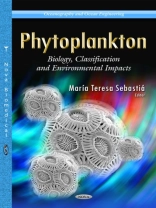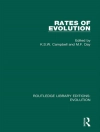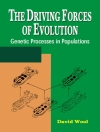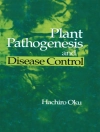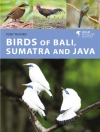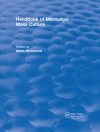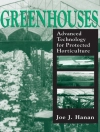Phytoplankton plays a key role in aquatic ecosystems where it is the major biomass producer. Phytoplankton is characterized by a high time-space variability which is determined by abiotic and biotic factors. In this book, the role of abiotic factors (light, temperature, nutrients, wind, hydrodynamics, CO2 and UV radiation) and biotic factors (bacteria, zooplankton, macrophytes and fish) is discussed. Anthropogenic pressure can alter those environmental factors, causing undesired changes in the composition and biomass of phytoplankton. This book emphasizes the effects on water quality, but bottom sediment is also analyzed. The effectiveness of management measures to restore impacted ecosystems is reviewed and ecological modeling is used as a prediction tool. In this book, the authors describe case studies in different systems such as natural lakes, reservoirs, marine systems and aquatic microcosm systems, covering a wide range of geographic areas from African tropical lakes and Brazilian subtropical lakes to peri-alpine European lakes.
Maria Teresa Sebastia
Phytoplankton [PDF ebook]
Biology, Classification and Environmental Impacts
Phytoplankton [PDF ebook]
Biology, Classification and Environmental Impacts
Achetez cet ebook et obtenez-en 1 de plus GRATUITEMENT !
Format PDF ● Pages 356 ● ISBN 9781629486550 ● Éditeur Maria Teresa Sebastia ● Maison d’édition Nova Science Publishers ● Publié 2014 ● Téléchargeable 3 fois ● Devise EUR ● ID 7223894 ● Protection contre la copie Adobe DRM
Nécessite un lecteur de livre électronique compatible DRM
